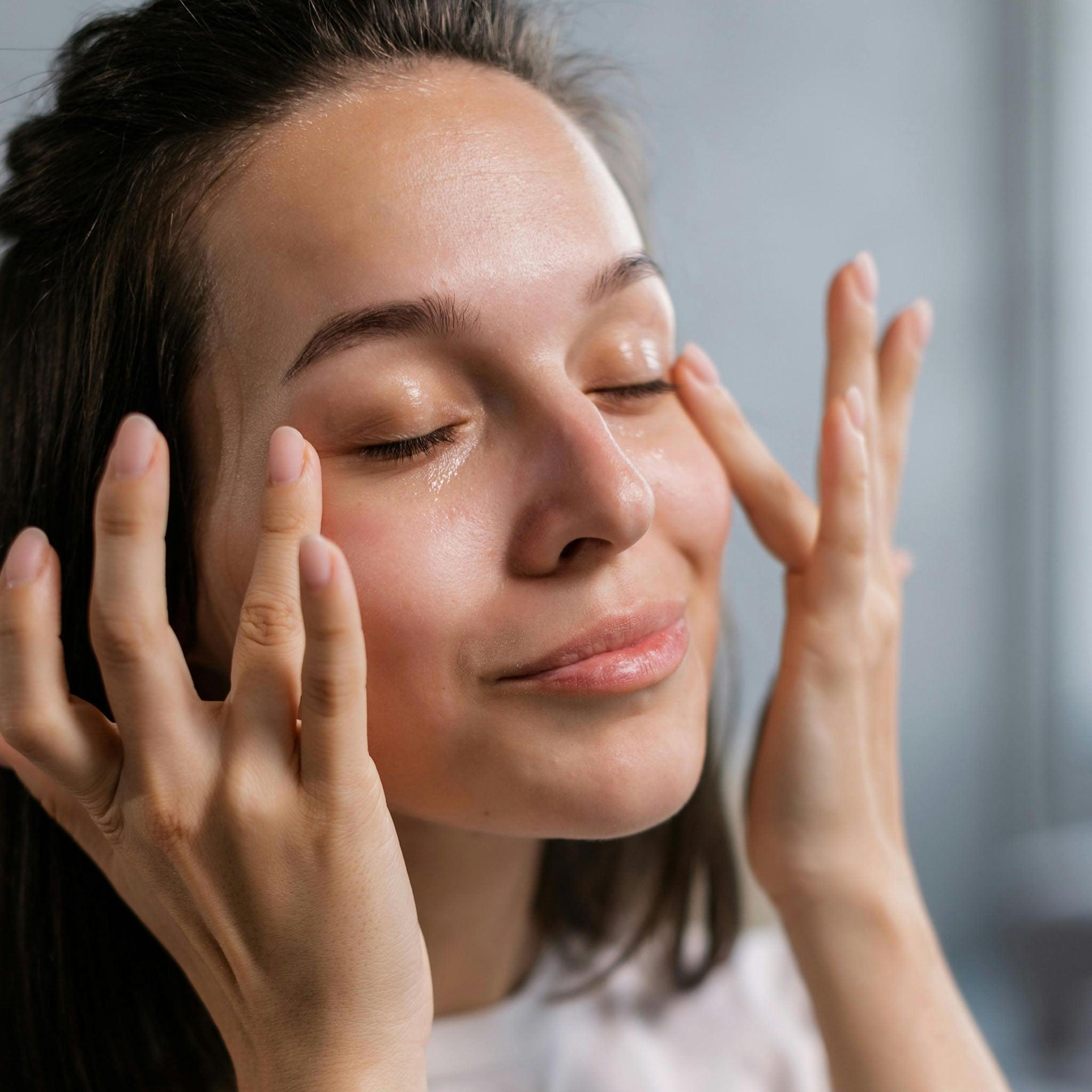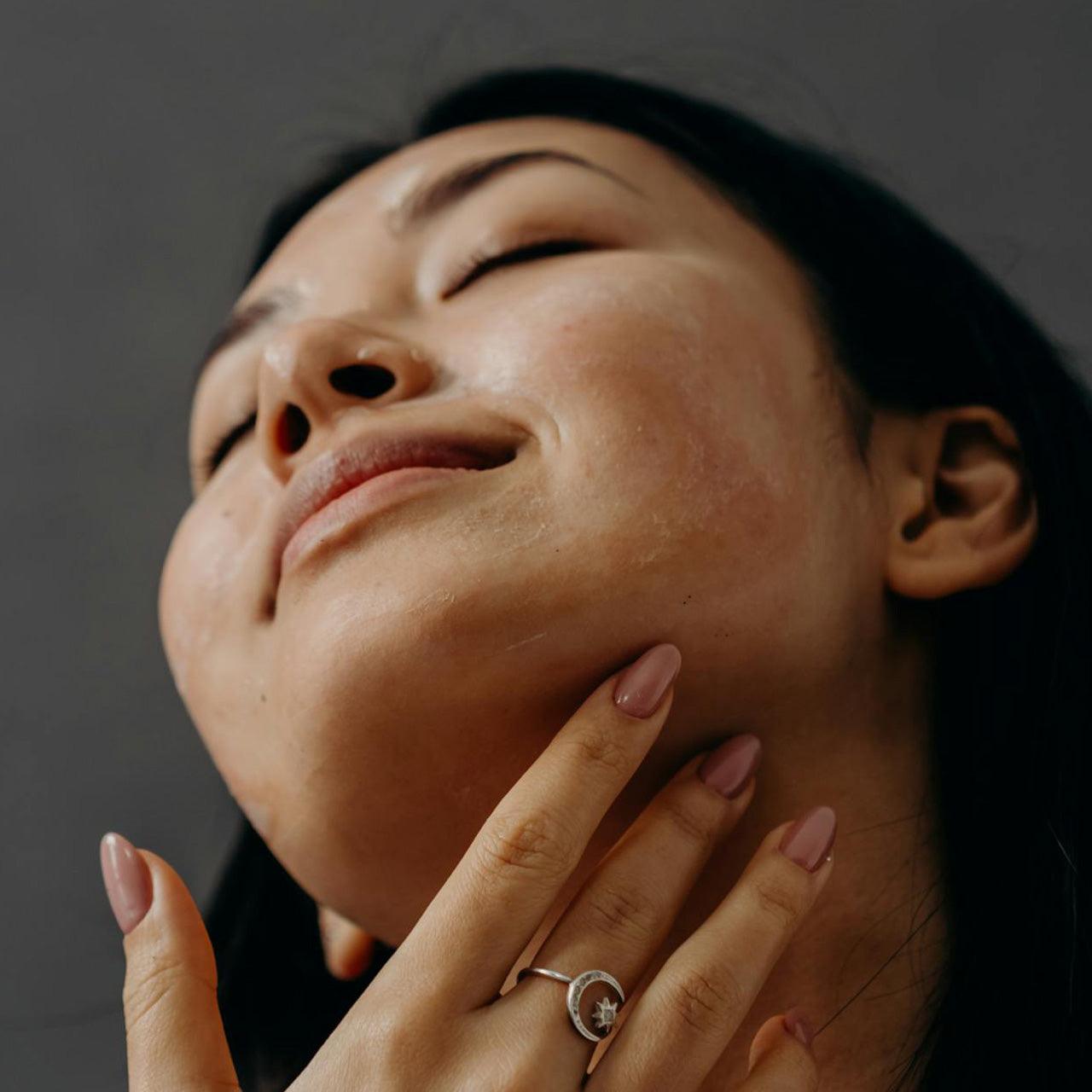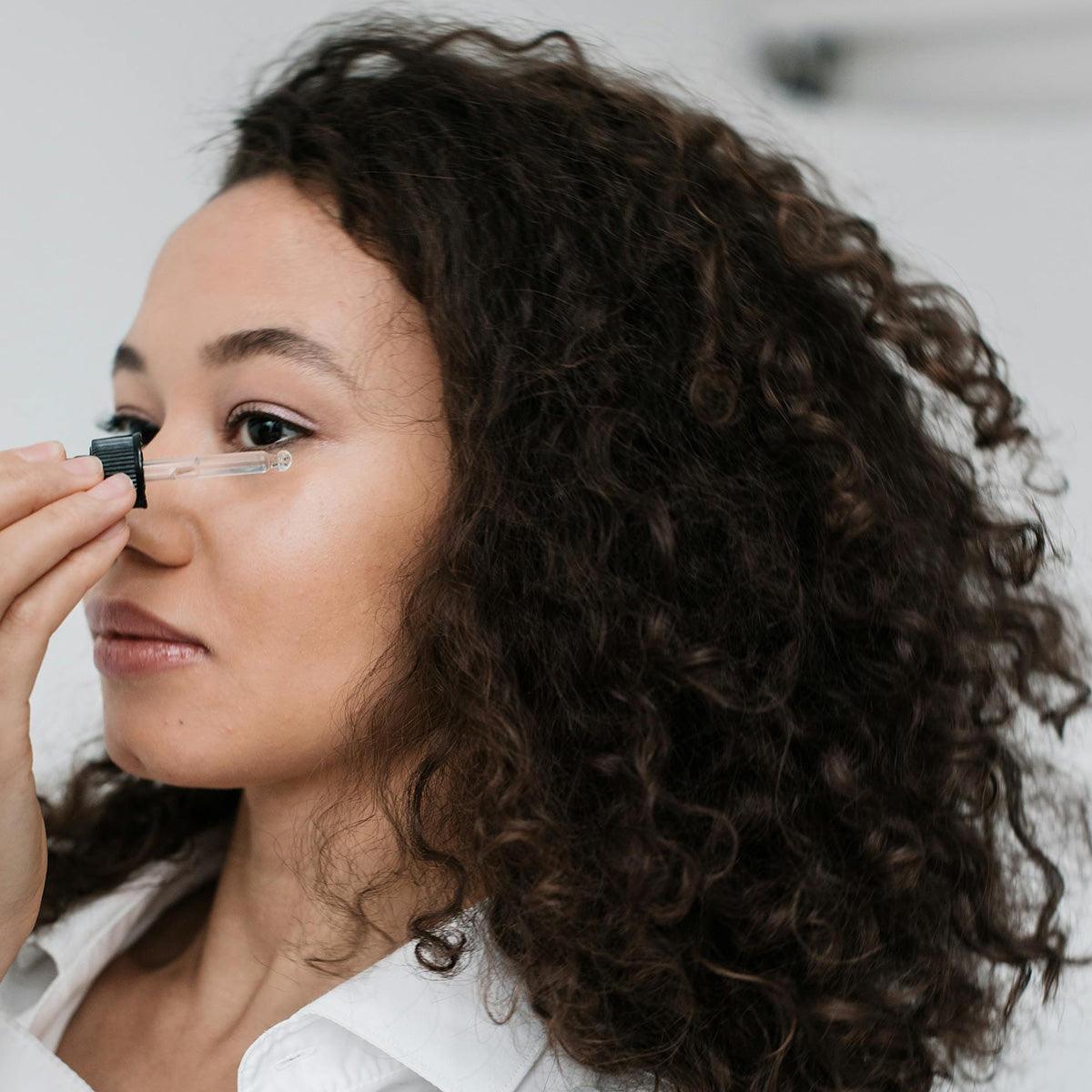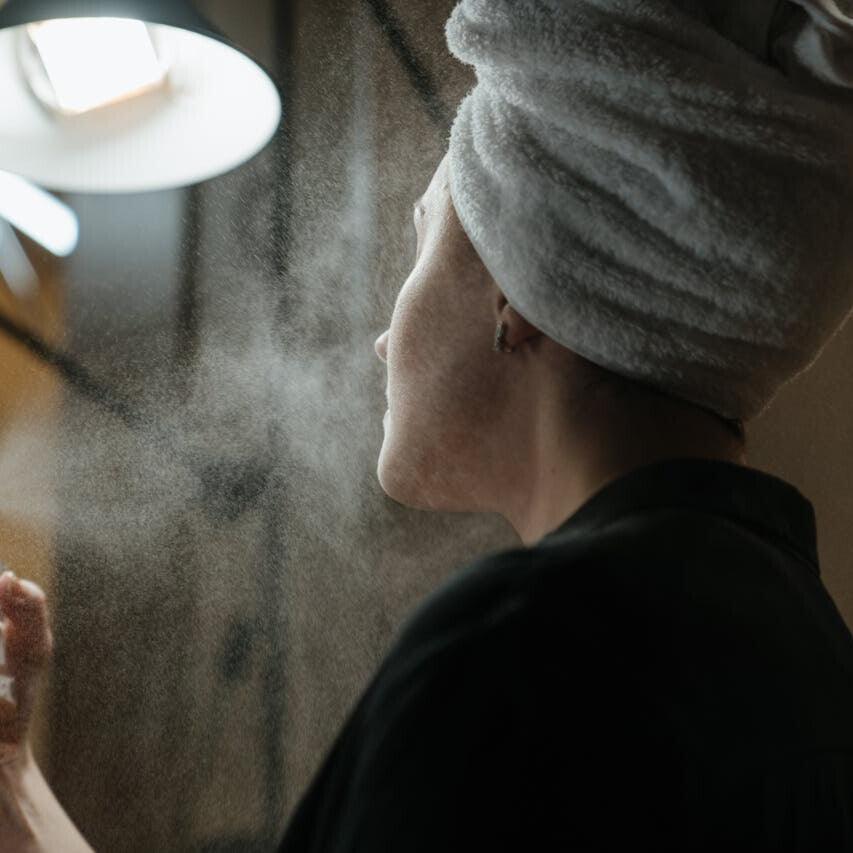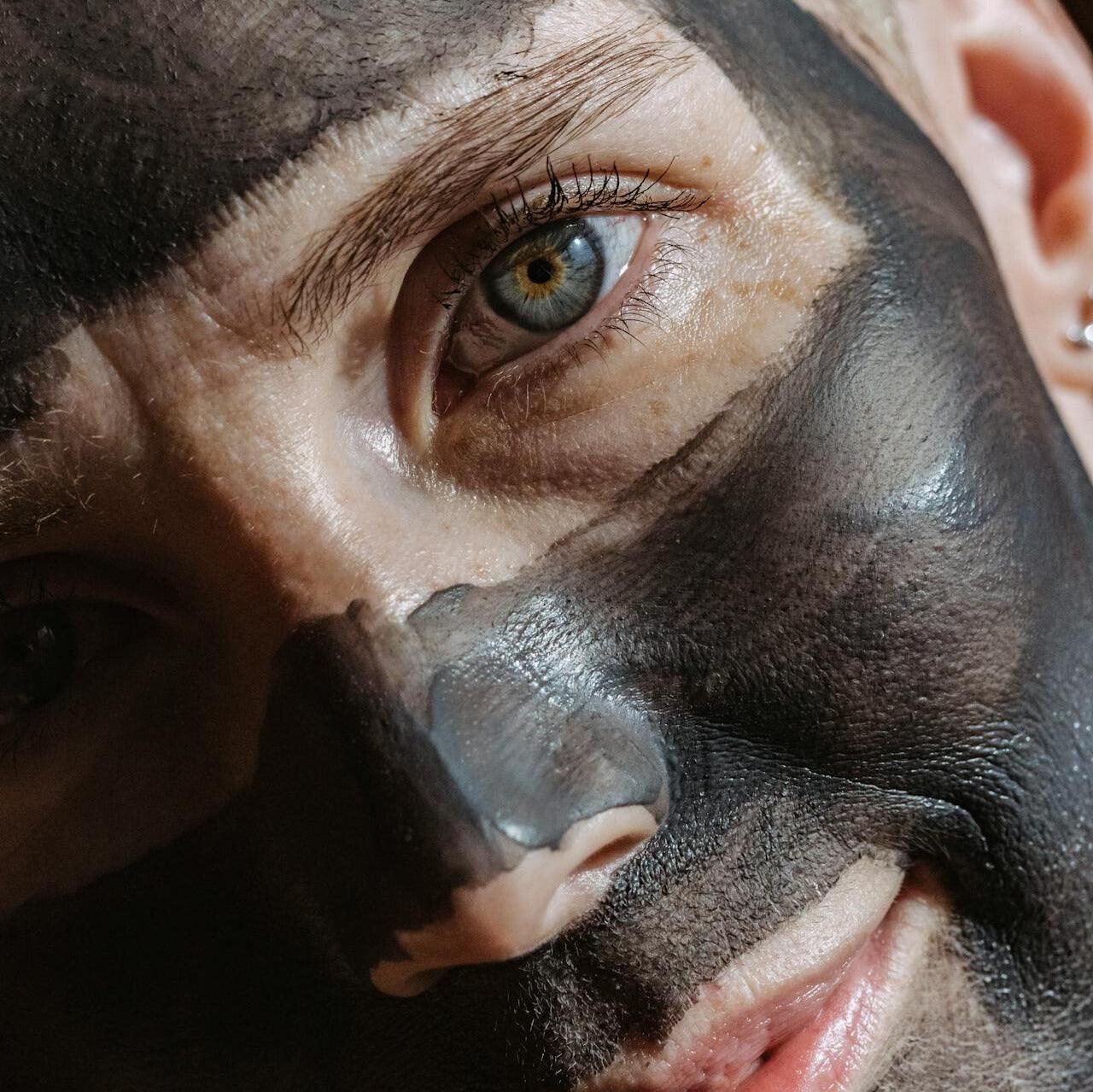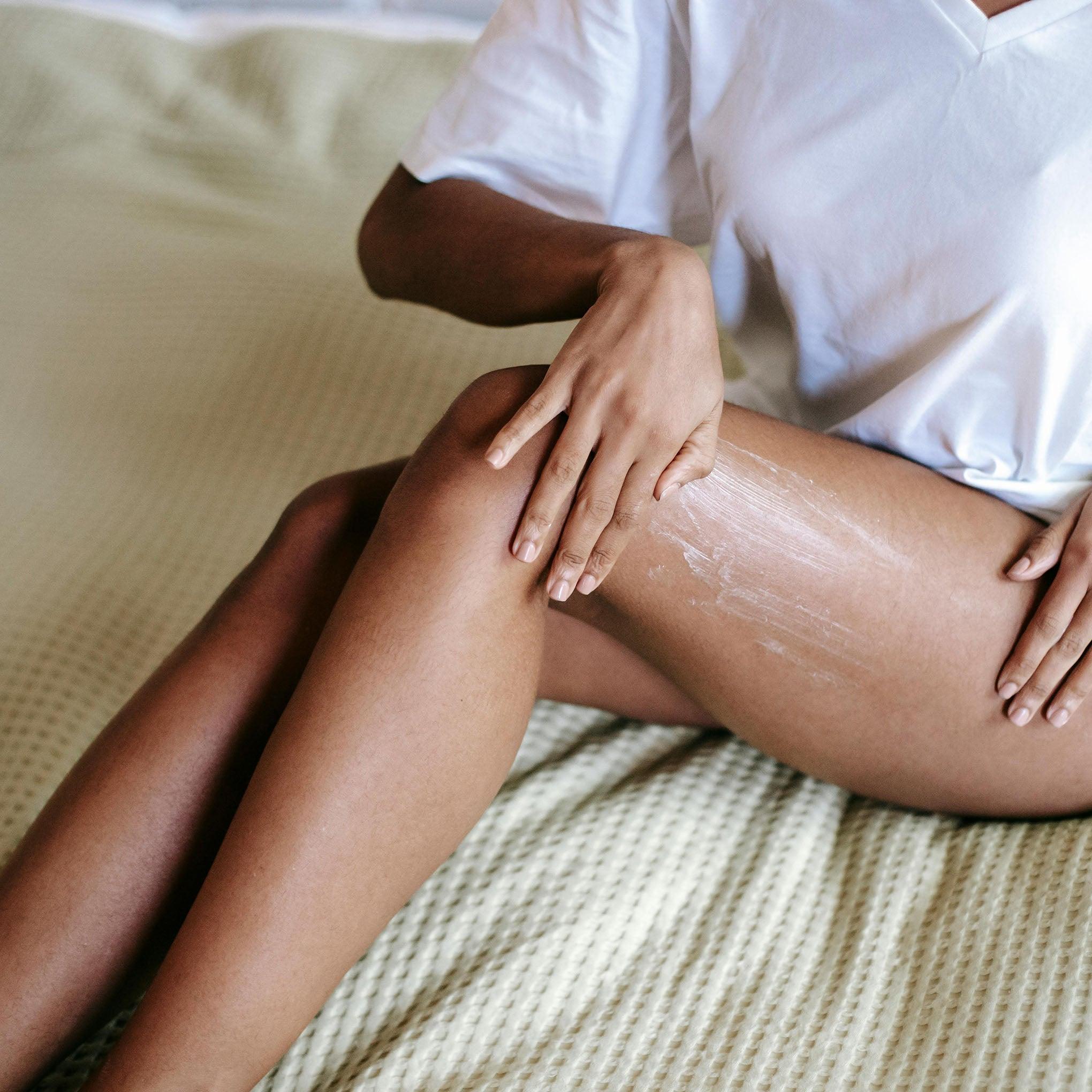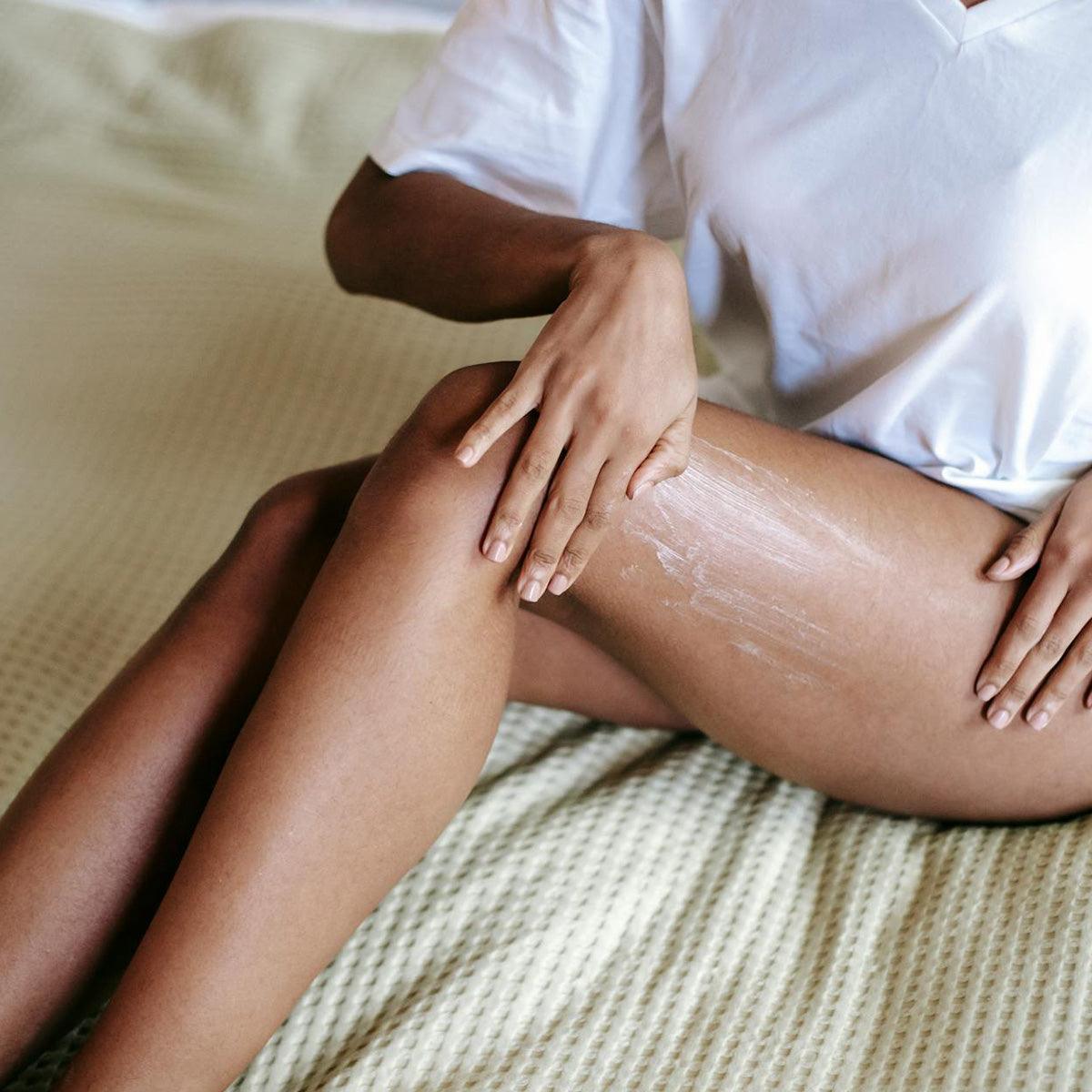Whether you’re lounging at the beach, hiking a sun-drenched trail, or just running errands with an iced coffee in hand, sunscreen is your daily defense shield. But let’s be honest—finding the right one can feel like decoding skincare hieroglyphics. SPF? Broad-spectrum? Reef-safe? What does it all mean?
We’re here to simplify sunscreen, science it up a bit. Because protecting your skin should feel like self-care, not homework.
SPF 101: Your UV Armor Explained
Before we dive into SPF, let's meet the real culprits: UVA and UVB rays.
- UVA rays (think A for Aging) penetrate deep into the skin and are primarily responsible for wrinkles, fine lines, and long-term damage. These rays are sneaky—they're present year-round and can pass through clouds and glass.
- UVB rays (think B for Burn) affect the skin’s surface and are the main cause of sunburns. They're more intense during midday and in summer months but don’t penetrate as deeply as UVA.
Both UVA and UVB rays contribute to skin cancer. That’s why it’s essential to use broad-spectrum sunscreen—to guard against both kinds of damage.
SPF, aka Sun Protection Factor, tells you how well your sunscreen shields against UVB rays. SPF 15 blocks about 93% of UVB rays, SPF 30 blocks about 96%, SPF 50 blocks 97%, and SPF 70? Just 98%. That extra number doesn’t mean you’re invincible. No matter what the label says, reapplication is key.
The CDC reports that melanoma rates have more than doubled since 1982. And even with more sunscreen in circulation, cases are rising. Some researchers point to chemical ingredients like oxybenzone that may disrupt hormones or trigger oxidative stress.
Imagine, Chemical filters that are supposed to protect you, may actually harm you.
🥊 Mineral vs. Chemical: The SPF Showdown
Chemical sunscreens absorb UV rays and convert them to heat using ingredients like oxybenzone and avobenzone.
Mineral sunscreens, featuring non-nano zinc oxide, reflect rays off your skin like a shield. They’re gentle, effective immediately, and kind to both sensitive skin and coral reefs.
🧪 A 2019 FDA study found that ingredients like avobenzone linger in your bloodstream for days. That’s not ideal.
Comparison Chart:
|
Feature |
Mineral Sunscreen |
Chemical Sunscreen |
|
UV Protection Method |
Reflects rays |
Absorbs and disperses rays |
|
Key Ingredients |
Zinc oxide, titanium dioxide |
Oxybenzone, avobenzone, etc. |
|
Reef-Safe |
✅ Yes |
❌ no |
|
Safe for Skin |
✅ Great for sensitive types |
🚫 May irritate or clog |
|
Start Time |
Works immediately |
Needs 15–30 minutes |
Ingredients Worth Skipping
Here’s what to keep off your skin (and out of the sea):
- Oxybenzone & Octinoxate: Linked to hormone disruption and coral bleaching.
- Retinyl Palmitate and other Retinoids: Can accelerate sun damage.
- Parabens & Fragrance: Toxic, often irritants.
- Nanoparticles: May slip past your skin barrier and disrupt your microbiome.
Look for labels that say non-nano, fragrance-free, and reef-safe.
👶👩🦰👵 Age-Specific SPF Wisdom
- Babies & Kids: Mineral-only, fragrance-free, SPF 30+ is perfect.
- In Your 20s & 30s: Build a habit. Choose antioxidant-packed broad-spectrum SPF.
- In Your 40s & 50s: Hydrating formulas with niacinamide and botanical oils keep skin balanced and glowing.
- 60+: Look for creamy, gentle SPFs with turmeric, shea, or Gotu Kola to support thinning, sensitive skin.
🌍 Climate Calls for Custom SPF
- Hot & Humid: Go sweat-proof and breathable.
- Dry Desert Heat: Choose rich, hydrating creams that quench parched skin.
- Snowy Slopes: Sun reflects off snow—don’t skip SPF. Use balm-like textures and lip protection.
- Urban Dwellers: Pollution + sun = inflammation. Opt for SPF with soothing agents like aloe or cucumber.
🔍 Reading Labels Like a Pro
Trust These Terms:
- Broad-Spectrum
- Non-Nano Zinc Oxide
- Reef-Safe
- Mineral suncreen
Marketing Fluff to Skip:
- “Hypoallergenic”
- “Dermatologist Tested”
-
“Natural” (without real ingredient proof)
🌊 Protecting Skin and Sea Life
Each year, 14,000 tons of sunscreen wash into the oceans, harming coral reefs. That’s not just a stat—it’s a wake-up call.
Choose:
- Biodegradable formulas
- Plastic-free or recyclable packaging
- Reef-safe, non-toxic ingredients
🌿 Why Ayurvedic + Microbiome-Friendly SPF is the Future
Nature has the answers. Ingredients like Raspberry seed oil, micro algae, aloe, and Gotu Kola are rich in antioxidants, anti-inflammatory compounds, and natural UV blockers.
Pair them with zinc oxide and you’ve got a sunscreen that supports your skin and your skin’s invisible ecosystem: the microbiome.
Apply It Like You Mean It
- Use a generous amount.
- Reapply every 2 hours—or after a swim or sweat.
- Don’t miss spots like ears, neck, eyelids, tops of feet, and lips.
- Cloudy day? Still counts. UV rays don’t take breaks.
🧢 Visual Cue: A shot of wide-brimmed hats, UPF long sleeves, sunglasses, and beach umbrellas.
🌟 OM Botanical Sunscreen: Skin-First, Earth-First
What makes it shine:
- Non-nano zinc oxide for mineral protection
- UV protecting herbs like Microalgae and Raspberry seed oil
- Reef-safe and microbiome-friendly
- No synthetics, no nonsense
It’s skincare and sun protection rolled into one elegant, planet-loving tube.
💬 Sunscreen FAQs
Is SPF 70 better than 30? Only slightly. SPF 30 blocks 96% of UVB rays, SPF 70 blocks 98%. Reapplication is what really matters.
Can sunscreen cause breakouts? Chemical types can. Choose mineral-based, non-comedogenic versions.
Do I need it indoors? If you sit near windows or screens, yes.
Do darker skin tones need SPF? Absolutely. Everyone is susceptible to UV damage.
✅ The Best Sunscreen Is...
- Broad-spectrum
- Mineral-based (non-nano zinc)
- Fragrance-free
- Microbiome- and reef-safe
- Tailored to your age and climate
Ready to upgrade your glow and protect what matters? OM Botanical Reef safe Sunscreen has your back (and your cheeks, forehead, and shoulders).
Smart skincare meets sun-smart living.

